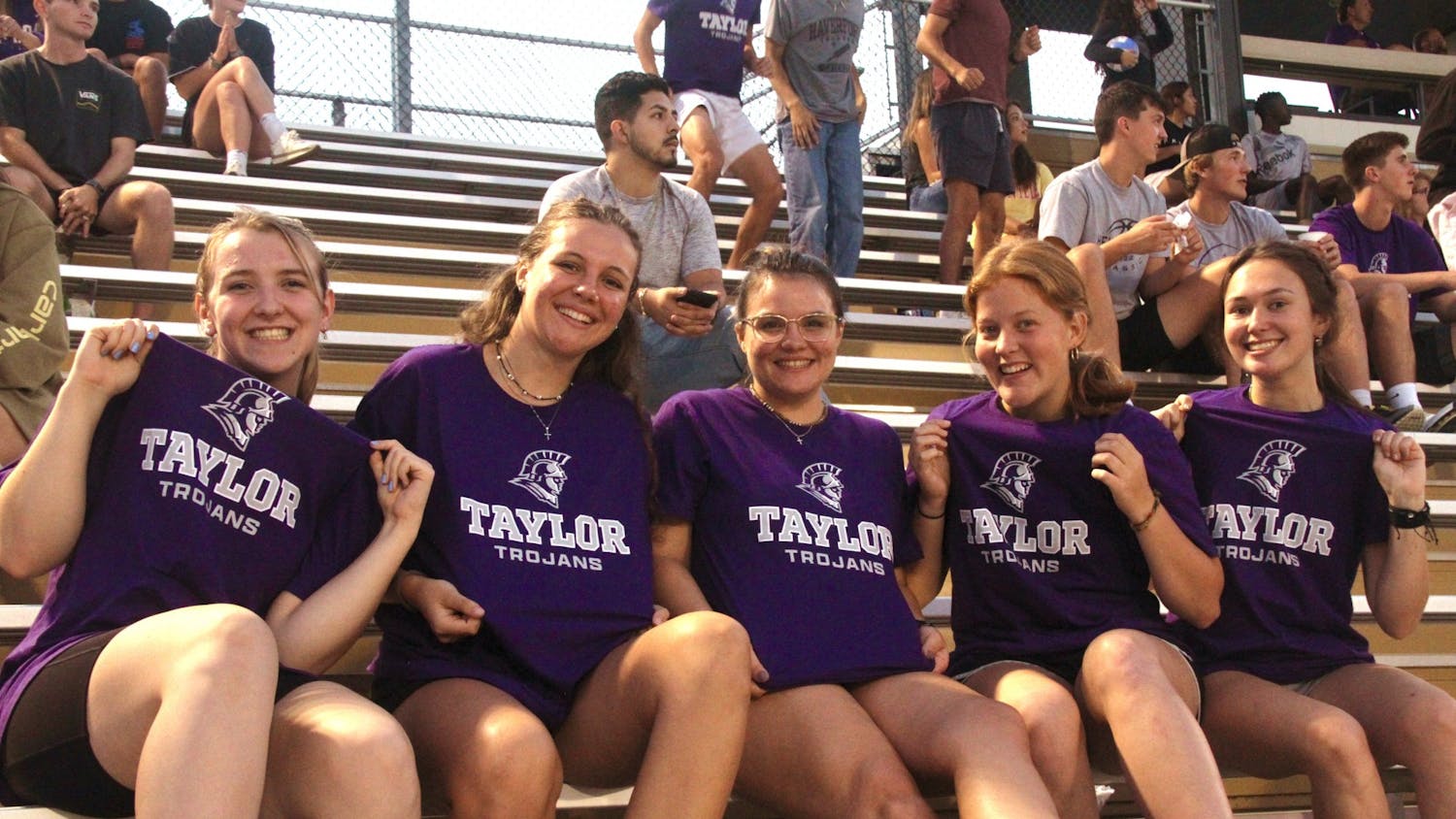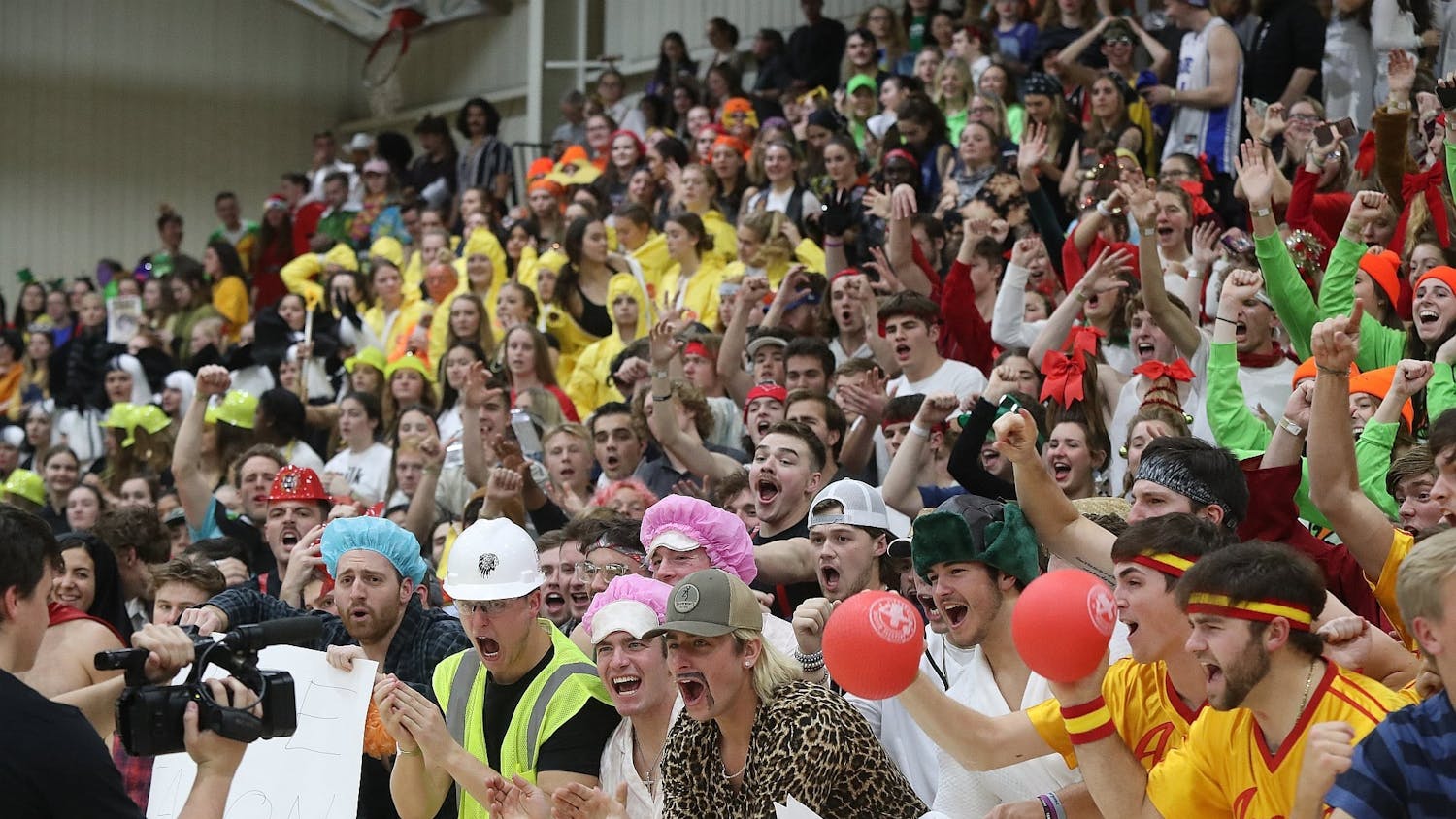The Taylor University Athletic Department released their annual report in accordance with the Equity in Athletics Disclosure Act.
This report is public information readily available to any person who may want to view it. The report contains information about many things such as revenues and expenses from every team, coaches’ salaries and much more.
In 1994, this annual public report was ordered to be released for gender equity purposes. The report holds schools accountable to Title IX, which prohibits discrimination based on sex in any education program.
The report looks at the athletic department’s finances from June 1, 2021 to May 31, 2022.
Starting off the report, general information is listed, such as undergraduate enrollment: 757 males and 909 females for a total of 1,666 undergraduate students.
Next, the report looks at athletic participation, showing around 25% of undergraduate students are also athletes. There are more male athletes, 263 total, that partake in athletics and 141 females that partake in athletics for a combined total of 404 athletes. Football is a large reason that males have a much higher number of athletes than females. Around 65% of athletes are males and 35% are females—these percentages are important because they show if the athletic department is being equal with the money they are distributing.
Head coaches are looked at next, with every head coach considered a full-time university employee, although only some have full-time coaching duties. Head coaches at Taylor made an average of $34,564 this past year for men’s teams and $28,892 for women’s teams.
Only a few assistant coaches at Taylor are considered full-time employees, so their salaries were much lower on average with $12,504 for men’s teams and $7,572 for women’s teams.
The next point, recruiting expenses, is where there is some doubt on equal representation. The report states that the men’s teams spent $27,616 on recruiting whereas the women’s teams spent $8,888. This calculates to a 76% share to the men’s teams and 24% to the women’s teams, far from the 65-35 ratio mentioned earlier that shows equity.
Former assistant athletics director and current Taylor professor Amy Stucky thinks this is not something to be worried about. When she was working in her former role, teams got all they asked for in terms of recruiting.
When it comes to equity, scholarship aid is one of the most important parts. To Taylor’s credit, this number is 66% to 34% with men’s teams giving $1,886,575 to male athletes and women’s teams giving $983,629 to female athletes.
“That’s the best number I’ve ever seen,” Stucky said. “We used to run about 70-30, which always made me frustrated.”
Game day expenses, such as transportation, lodging, meals and other expenses, are mentioned next. Men’s teams spent $710,983 while women’s teams spent $410,959 for a total of $1,121,942 total spent for game day-related expenses. Baseball and softball were two of the highest teams, which is not surprising, given how much the teams travel in the early part of their seasons. Baseball spent $182,106, and softball spent $92,940. Football was second in terms of game day expenses with $143,195, which is also not surprising considering how many players they travel with.
Regarding the percentages the department is aiming for in terms of equity, game day expenses were much closer than recruiting with men’s teams having about 63% of game day expenses and women’s teams having about 37%.
Total expenses are recorded next with men’s teams spending $3,411,454 and women’s teams spending $1,845,749 for a total of $5,257,203. Percentage-wise, this works out almost perfectly, as men’s teams spend about 65% and women’s teams spend about 35%.
Total revenues are then recorded with $3,579,392 for the men’s teams and women’s teams bringing in $1,928,658 for a total of $5,508,050. Every year, athletic departments across the country aim to break even or make a small profit, something that Taylor accomplished this past year.
Overall, the report reflects the department’s effort to give women a fair representation in terms of expenses and scholarship aid.




